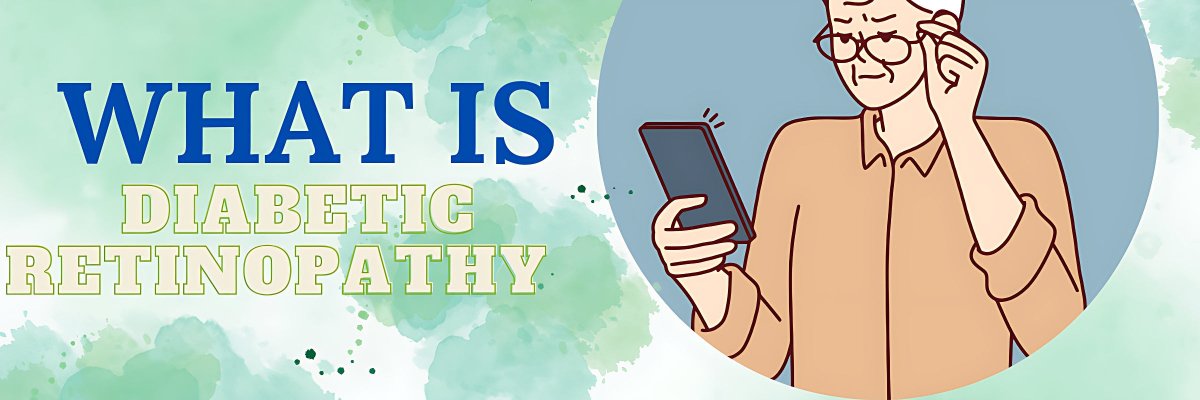People with diabetes are at risk of developing diabetic retinopathy, especially those with low blood sugar, high blood pressure, high cholesterol, and those who have had diabetes for a long time. Regular eye exams are crucial to detect diabetic retinopathy in diabetics. Treatment options include laser therapy, injections into the eye, and surgery in severe cases.
Controlling diabetes through proper diet, exercise, medication, and regular medical care can help prevent or delay the development of diabetic retinopathy.
Symptoms
Floating spots or dark strings in your vision (floaters)
blurred vision
unsteady gaze
Dark or empty spaces in your vision
vision loss
When to see an eye doctor
Careful management of your diabetes is the best way to prevent vision loss. If you have diabetes, schedule an annual eye exam with your eye doctor—even if your vision seems fine.
Contact your eye doctor immediately if your vision suddenly changes or becomes blurry, spotty, or blurred.
Because
Over time, too much sugar in your blood can block the tiny blood vessels that nourish the retina, cutting off its blood supply. As a result, the eye tries to grow new blood vessels. But these new blood vessels don't develop properly and can leak easily.
There are two types of diabetic retinopathy:
Early Diabetic Retinopathy:-
In this more common form — called nonproliferative diabetic retinopathy — new blood vessels aren't growing.
When you have nonproliferative diabetic retinopathy (NPDR), the walls of the blood vessels in your retina weaken. Small bumps form in the walls of small vessels, sometimes containing fluid and blood in the retina. Large retinal vessels may begin to dilate and become irregular in diameter. NPDR can range from mild to severe as more blood vessels become blocked.Sometimes damage to retinal blood vessels causes fluid (edema) to build up in the central part of the retina (the macula). If macular edema reduces vision, treatment is needed to prevent permanent vision loss.
Advanced Diabetic Retinopathy:-
Diabetic retinopathy can progress to this more severe form, known as proliferative diabetic retinopathy. In this type, damaged blood vessels close, causing new, abnormal blood vessels to grow in the retina. These new blood vessels are fragile and can leak into the clear, jelly-like substance that fills the center (crass) of your eye.
Eventually, scar tissue from the growth of new blood vessels can detach the retina at the back of your eye. If the new blood vessels interfere with the normal flow of fluid out of the eye, pressure can build up in the eyeball. This buildup can damage the nerve that carries images from your eye to your brain (optic nerve), causing glaucoma.










